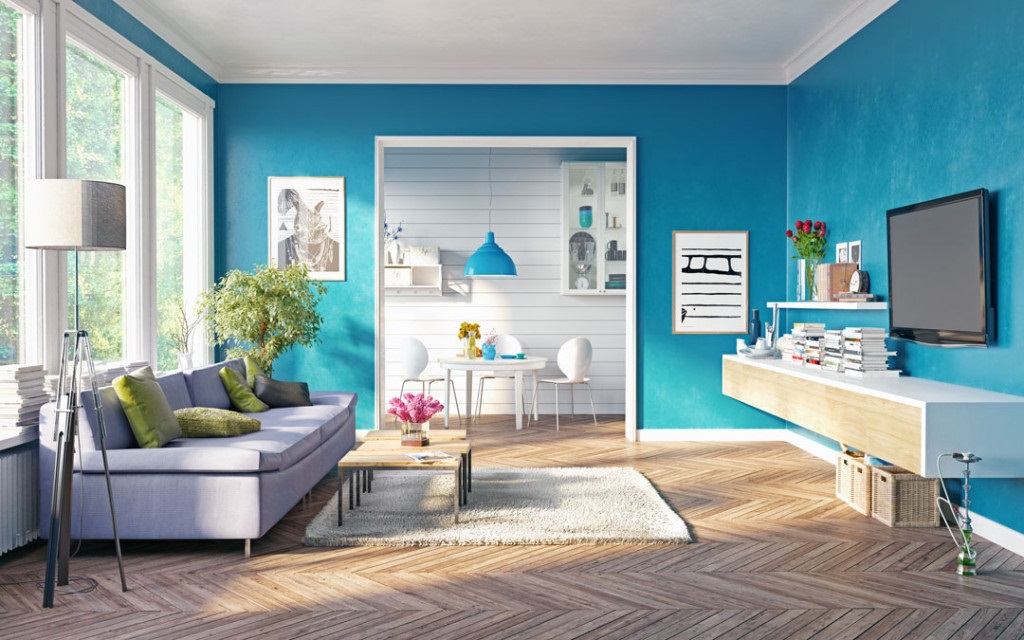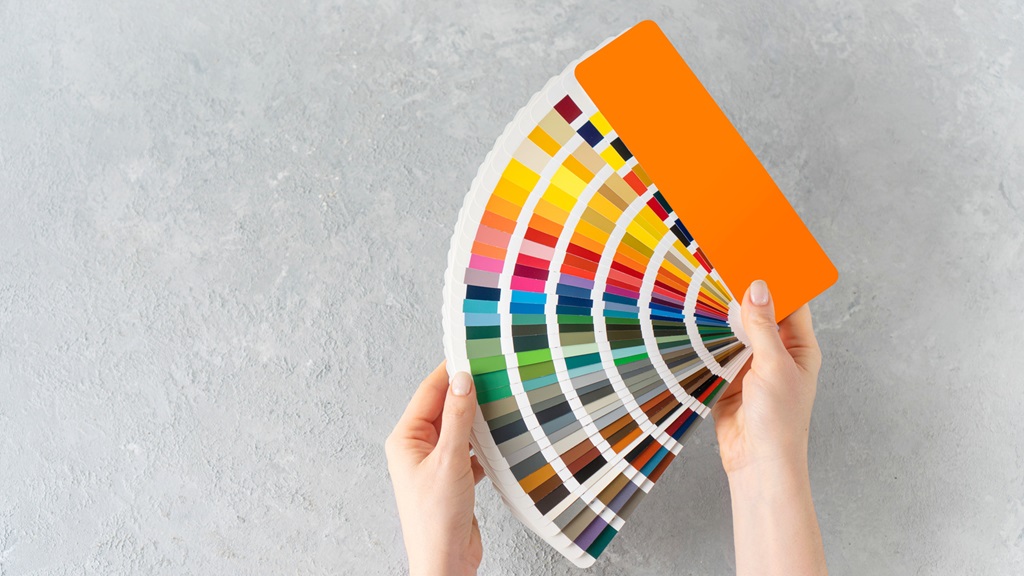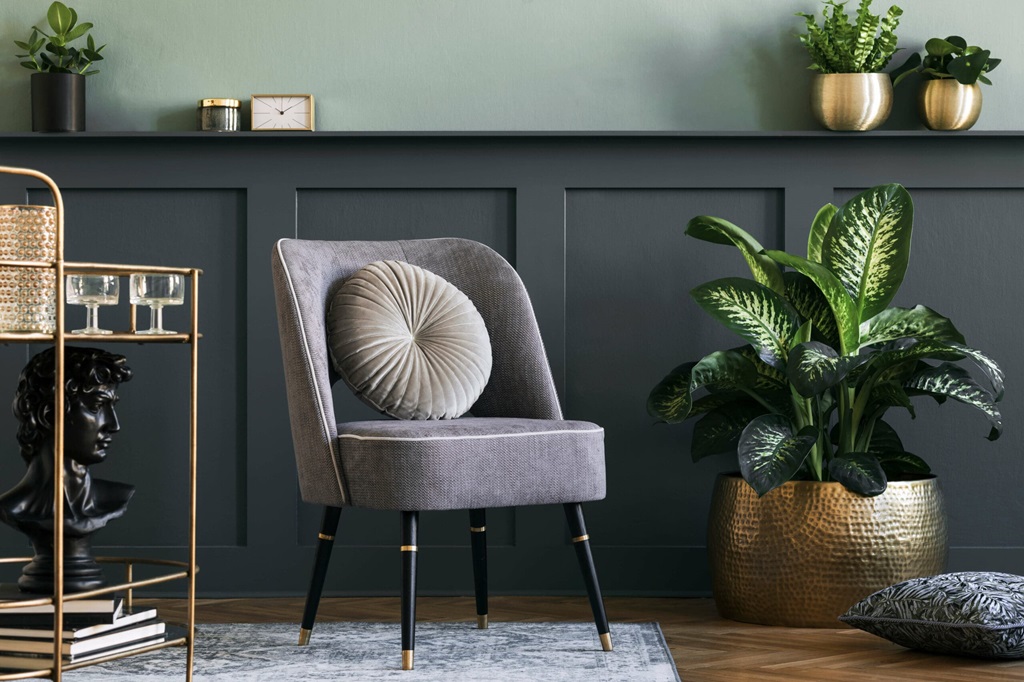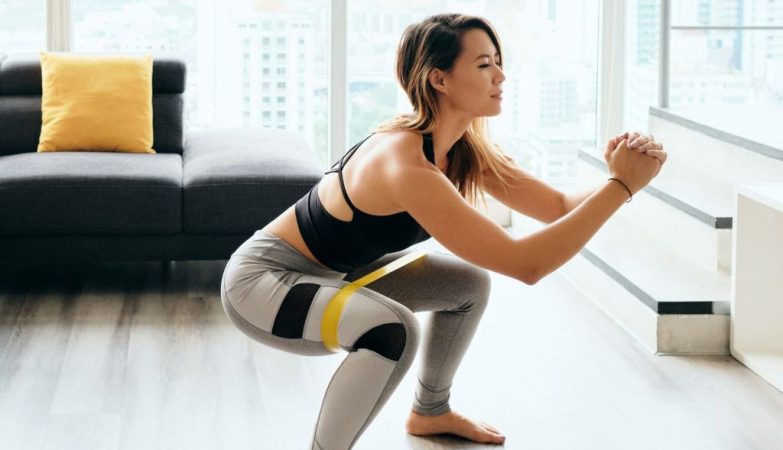Have you ever walked into a room and instantly felt calm, energized, or cozy without knowing why? The colors on the walls might be the secret behind those feelings. Let’s explore how different colors can transform your home and help you create spaces you’ll love to live in.
What You’ll Learn in This Guide
- How colors affect our mood and behavior
- Popular color choices for different rooms
- Tips for choosing the right colors
- Color combinations that work well together
- Common mistakes to avoid
- Expert advice and real-world examples
The Science Behind Color Psychology
Remember how you feel when you see a bright blue sky or fresh green grass? Colors in our homes can make us feel similar emotions. Research from the University of Texas found that rooms painted in certain colors can affect how we feel and even how well we sleep.
Dr. Sarah Thompson, a color psychology expert, explains: “Our brains react to colors before we even think about it. It’s like how seeing a red stop sign makes us want to stop – it’s automatic.”
What Different Colors Do to Our Brains
Let’s break down how common wall colors affect us, according to studies from the Color Research Institute:
Blue:
- Makes 58% of people feel more peaceful
- Lowers heart rate by an average of 6 beats per minute
- Helps 72% of students focus better while studying
Green:
- Reduces eye strain by 45%
- Makes people feel more connected to nature
- Helps plants look more vibrant in the room
Red:
- Increases energy levels in 65% of people
- Makes food smell and taste better (that’s why many restaurants use red!)
- Can raise blood pressure slightly in some people
Most Popular Room Colors (2024 Survey Results)
A recent survey of 10,000 American homes by Home Design Magazine showed these as the most common colors for different rooms:
Living Rooms
- Warm white (32%)
- Light gray (28%)
- Soft beige (20%)
- Sage green (12%)
- Pale blue (8%)
Bedrooms
- Light blue (35%)
- Soft gray (25%)
- Gentle lavender (18%)
- Warm cream (15%)
- Pale green (7%)
Kitchens
- White (40%)
- Gray (22%)
- Yellow (15%)
- Blue (13%)
- Green (10%)
Why These Colors Work: Real Stories from Real Homes
Sarah Johnson, a mom from Ohio, painted her kitchen sunny yellow: “My kids actually want to help with breakfast now! The room feels happy and warm like there’s always a bit of sunshine, even on cloudy days.”
Mike Chen, an architect from California, chose soft blue for his bedroom: “I used to have trouble sleeping with white walls. After painting them light blue, I fall asleep about 20 minutes faster each night.”
Choosing Interior House Colors: A Simple Step-by-Step Guide
Step 1: Think About the Room’s Purpose
- Relaxing spaces (bedrooms, bathrooms): Cool colors like blue and green
- Active spaces (kitchen, exercise room): Warm colors like yellow and orange
- Social spaces (living room, dining room): Neutral colors with colorful accents
Step 2: Consider Natural Light
The amount of sunlight affects how colors look:
- North-facing rooms: Colors look cooler and less bright
- South-facing rooms: Colors look warmer and brighter
- East-facing rooms: Colors look brightest in the morning
- West-facing rooms: Colors look warmest in the evening
Step 3: Test Your Colors
Always test paint colors before committing. Here’s why:
- 73% of people who skip testing end up repainting
- Colors look different under different types of light
- Paint stores report that 60% of customers change their minds after testing
Popular Color Combinations That Work Well Together
The Calm Combo
- Main color: Soft gray
- Accent colors: Navy blue and white
- Why it works: “These colors remind people of clouds and rain – very relaxing,” says interior designer Maria Rodriguez.
The Nature Blend
- Main color: Sage green
- Accent colors: Cream and brown
- Why it works: Copies colors we see in forests and gardens
The Beach House Mix
- Main color: Sandy beige
- Accent colors: Light blue and white
- Why it works: Reminds us of the beach and vacation time
Common Mistakes People Make (And How to Avoid Them)
1: Choosing Colors Too Quickly
- 45% of people regret not testing colors first
- Solution: Get sample paint and test on all walls
2: Ignoring the Room’s Lighting
- Different lightbulbs change how colors look
- Solution: Test colors under both natural and artificial light
3: Following Trends Without Considering Your Style
- 65% of people who chose trendy colors repainted within two years
- Solution: Pick colors you’ve always liked, not just what’s popular now
Expert Tips from Professional Designers
Lisa Wong, who has designed over 500 homes, shares her top tips:
- “Start with the largest room first – it sets the tone for the whole house.”
- “Don’t be afraid of white – it’s like a canvas for your furniture and art.”
- “Remember the 60-30-10 rule: 60% main color, 30% secondary color, 10% accent color.”
Color Trends Through the Years
It’s interesting to see how popular colors have changed:
- 1950s: Pastel pink and mint green
- 1970s: Harvest gold and avocado green
- 1990s: Hunter green and burgundy
- 2010s: Gray everything
- 2024: Natural, earthy tones
The Cost Factor
Paint prices can vary a lot. Here’s what you might spend:
- Basic paint: $15-30 per gallon
- Premium paint: $30-60 per gallon
- Designer paint: $60-120 per gallon
Most rooms need 2-3 gallons. A survey by Home Improvement Weekly found that people who bought premium paint were 80% happier with the results than those who chose basic paint.
Environmental Considerations
More people care about eco-friendly paint options:
- Low-VOC paints release fewer chemicals
- 82% of new parents choose eco-friendly paint
- Natural paint costs about 20% more but lasts longer
Related: Choosing Colors for Luxurious Bathroom Decor
Room-by-Room Color Guide
Living Room
Best colors according to a survey of 1,000 interior designers:
- Warm white (creates an open feeling)
- Light gray (goes with everything)
- Beige (feels welcoming)
- Sage green (brings nature inside)
Why these work: “Living rooms need to feel welcoming but not overwhelming,” explains designer John Smith. “These colors create a backdrop that works for any style.”
Kitchen
Popular choices and why they work:
- White (makes the room feel clean)
- Yellow (increases appetite)
- Light blue (feels fresh)
- Green (reminds us of fresh food)
Fun fact: Restaurants often avoid blue because it can reduce appetite!
Bedroom
Colors that help with sleep:
- Light blue (helps 60% of people sleep better)
- Soft gray (reduces stress)
- Pale purple (promotes relaxation)
- Light green (connects to nature)
Research shows that people with blue bedrooms get an average of 7.5 hours of sleep compared to 6.8 hours for other colors.
Bathroom
Best choices for different effects:
- White (feels clean and fresh)
- Light blue (reminds us of water)
- Gray (modern and neat)
- Green (spa-like feeling)
Home Office
Colors for productivity:
- Blue (improves focus)
- Green (reduces eye strain)
- Gray (professional feeling)
- White (helps with organization)
A study of 1,000 remote workers found that blue home offices increased productivity by 15%.
Special Considerations
For Small Rooms
- Light colors make rooms feel bigger
- Vertical stripes can make ceilings feel higher
- Mirrors reflect light and space
Large Rooms
- Darker colors can make rooms feel cozier
- Accent walls add interest
- Different shades of the same color create depth
For Rooms With Little Natural Light
- Light colors reflect available light
- Warm colors prevent the room from feeling cold
- Glossy paint finishes bounce light around
Color and Home Value
Research from the National Association of Realtors shows:
- Neutral colors help houses sell faster
- Houses with white kitchens sell for 1.5% more
- Bold color choices can reduce sale prices by 3-5%
How to Test Colors Properly
The Right Way to Test Paint
- Paint 2-foot squares on different walls
- Look at them during different times of day
- Live with them for at least 48 hours
- Test with both natural and artificial light
What to Look For
- How the color changes throughout the day
- How it looks with your furniture
- If you still like it after a few days
- How it makes you feel
Expert Opinions and Research
Dr. Angela Martinez, Color Psychology Researcher: “Colors affect our emotions more than we realize. A study of 1,000 homes showed that people who chose colors based on room function were 35% happier with their spaces.”
Professor James Wilson, Architecture Department: “Light plays a huge role in how we perceive color. North-facing rooms need warmer colors to compensate for cooler light.”
Conclusion
Choosing the perfect colors for your home is both an art and a science. While trends come and go, the best colors are ones that make you feel good in your space. Remember:
- Test colors before committing
- Consider the room’s purpose
- Think about natural light
- Trust your personal taste
Whether you’re painting one room or your whole house, taking the time to choose the right colors will make your home a place you love to be in.
Remember, there’s no absolutely “right” or “wrong” choice – just what works best for you and your home. The most important thing is that you feel comfortable and happy in your space.









